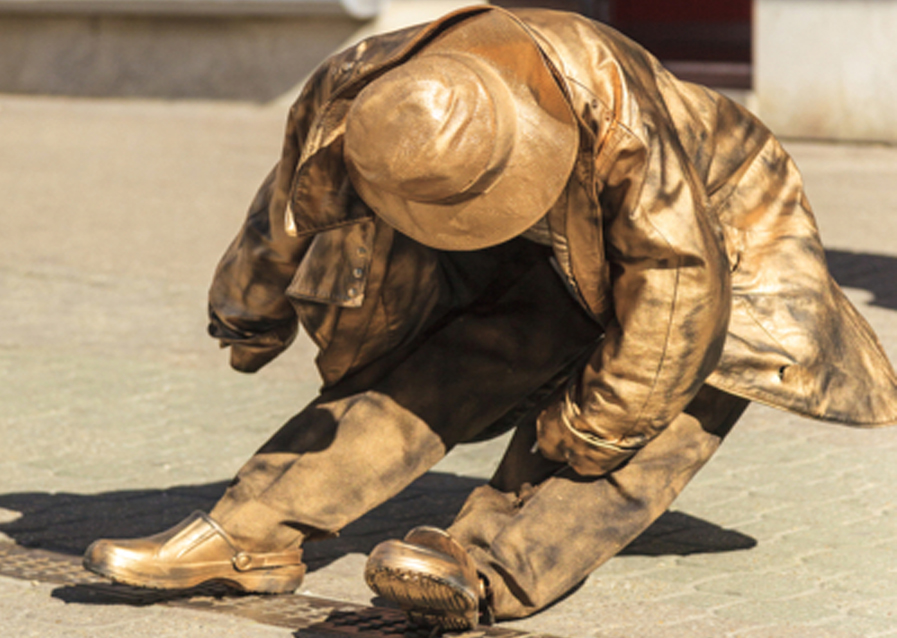
The latest report by The World Gold Council on global trends in 2016 showed a modest overall increase in demand for the metal, but that was solely on the back of investor purchases of ETFs, primarily on Western markets.
Last year saw the largest inflow into ETFs since 2009 and would’ve surpassed that banner year were it not for a sharp reversal in the final quarter
Research from WGC, an industry body, indicated 2016 full year gold demand gained 2% to reach a three-year high of 4,308.7 tonnes.
Total investment demand grew by 70% to 1,561 tonnes despite slightly lower bar and coin sales during the year with demand for gold-backed exchange traded products jumping to the second highest on record.
At more than 660 tonnes it was the largest inflow into ETFs since 2009 and likely would have surpassed that banner year were it not for a sharp reversal in the final quarter of 2016.

US investors took profits following the drop in the gold price after Donald Trump’s election victory – of the net sales of 193 tonnes during Q4 2016, US funds accounted for 158 tonnes. European ETFs would have stayed in positive territory through Q4 were it not for selling in the UK. While growing fast ETFs in Asia make up a fraction of the total – holdings in China was up five-fold in 2016 but still only totalled around 36 tonnes.
Total consumer demand fell by 11% to 3,071 tonnes, from 3,436 tons in 2015 thanks mainly to weak jewellery sales which fell to a seven-year low. The authors of the report ascribe the 15% fall in global jewellery demand to rising prices for much of the year, regulatory and fiscal hurdles in India and China’s softening economy were key reasons for weakness in the sector.
While this was the seventh consecutive year that central banks were net purchasers of gold, they bought 33% or 193 tonnes less than they did in 2015 according to the report. At a total of more than 383 tonnes it was the lowest since 2010.
Buying in 2016 was led by the central banks of Russia, China and Kazakhstan. Together they accounted for around 80% of the full year figure, but Chinese buying dried up completely as the country battled a flight of capital.
Venezuela, in the grips of an economic crisis disposed of a chunk of its gold holdings while Azerbaijan, Argentina and Jordan also reported a drop in gold reserves.
